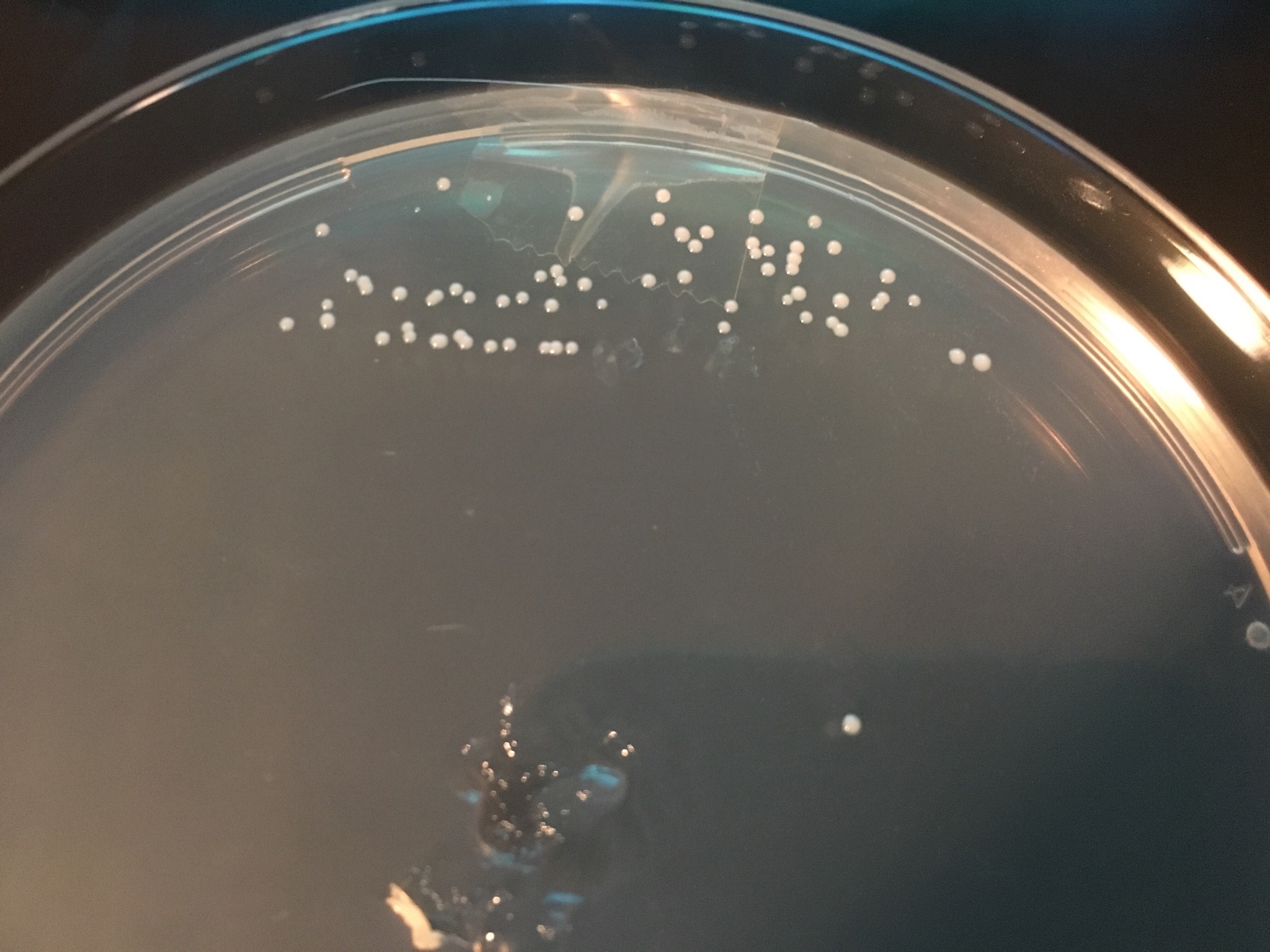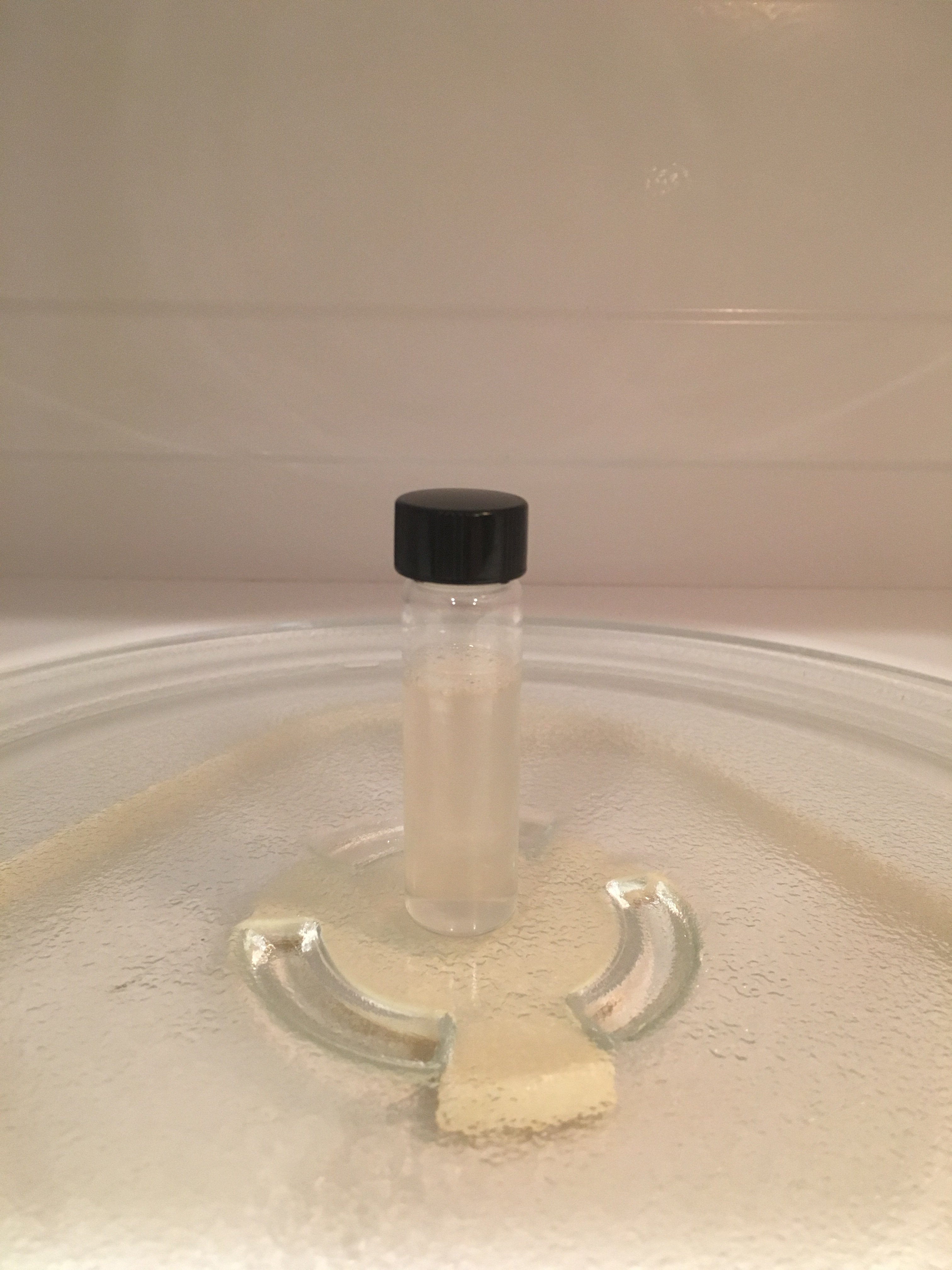RPh_Guy
Bringing Sour Back
Sorry I was trying to be funny. Fail.
Almost anything that's growing might look like a white dot on the agar to an untrained eye (mine included). ... But at least it looks like you have some nice individual colonies of SOMETHING growing, which means your streaking technique was good enough and the plate wasn't contaminated in the process. Some plates I've seen look like a friggin mess.
Your plan sounds good to me. If it ferments you'll know it's yeast of some kind.
If it's yeast it could even just be the last commercial strain you pitched still floating around in your brewing area since that's where you captured it, ...who knows?
I can't find the quote now but I heard from someone at one of the major yeast labs that only around 10% of wild yeast strains can make decent beer on their own.
If that's true, you'd need a combination of persistence and luck to find a good one Don't feel bad if the first one is a bust.
Don't feel bad if the first one is a bust.
Cheers
Almost anything that's growing might look like a white dot on the agar to an untrained eye (mine included). ... But at least it looks like you have some nice individual colonies of SOMETHING growing, which means your streaking technique was good enough and the plate wasn't contaminated in the process. Some plates I've seen look like a friggin mess.
Your plan sounds good to me. If it ferments you'll know it's yeast of some kind.
If it's yeast it could even just be the last commercial strain you pitched still floating around in your brewing area since that's where you captured it, ...who knows?
I can't find the quote now but I heard from someone at one of the major yeast labs that only around 10% of wild yeast strains can make decent beer on their own.
If that's true, you'd need a combination of persistence and luck to find a good one
Cheers
Last edited:







![Craft A Brew - Safale BE-256 Yeast - Fermentis - Belgian Ale Dry Yeast - For Belgian & Strong Ales - Ingredients for Home Brewing - Beer Making Supplies - [3 Pack]](https://m.media-amazon.com/images/I/51bcKEwQmWL._SL500_.jpg)

































































